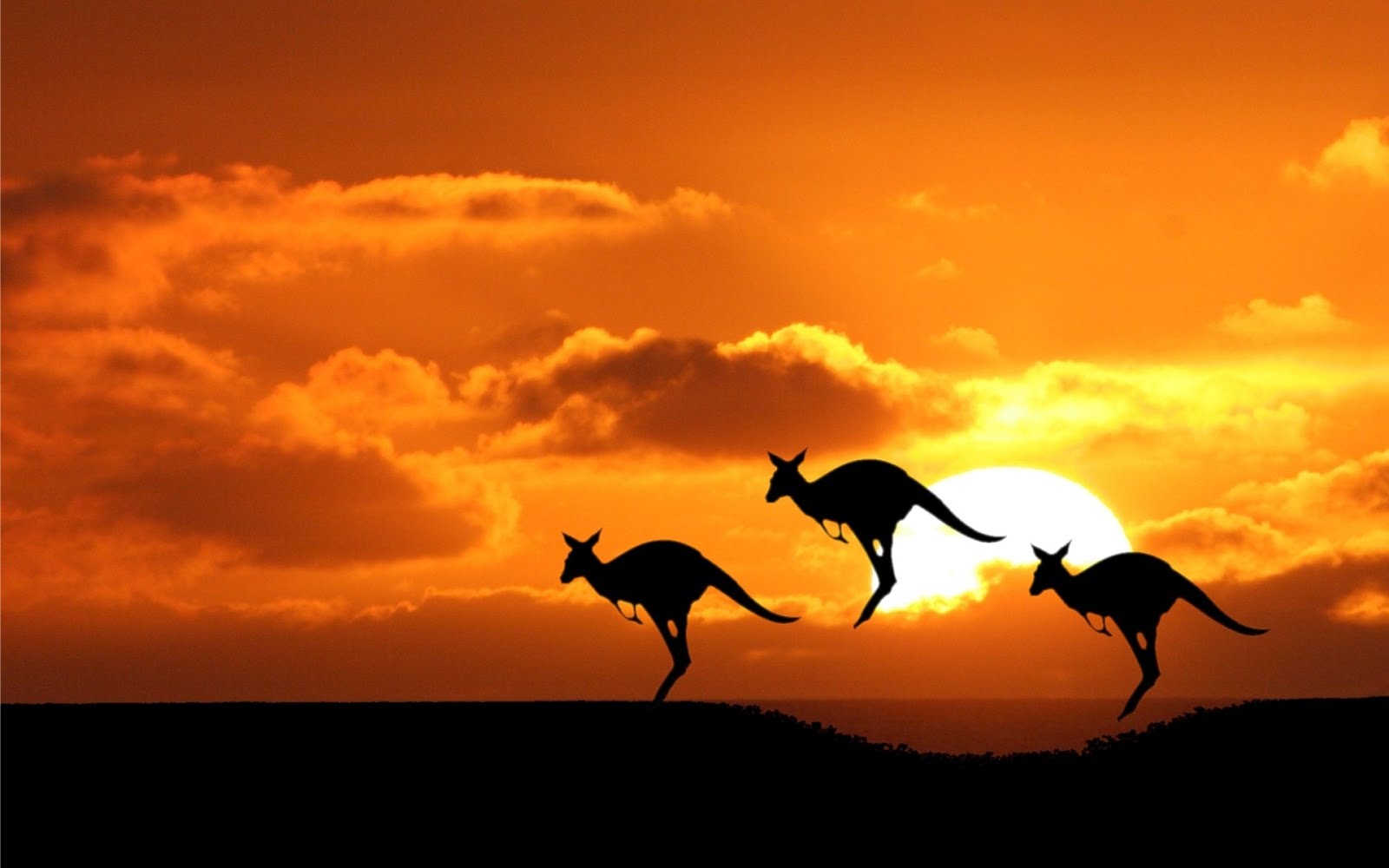

Yet within the kangaroo and wallaby family (Macropodidae) one anomalous group, the tree-kangaroos genus Dendrolagus, has indeed abandoned the terrestrial lifestyle of their kin to return to life in the trees. The concept of a tree-living (arboreal) kangaroo, sounds like the product of an over-active imagination. Wild kangaroos are shot for meat, leather hides, and to protect grazing land.The first comprehensive genetic study of tree-kangaroos has revealed the presence of at least three additional species hiding in the forests of New Guinea despite hiding in plain sight in museum collections for over 100 years. The kangaroo is important to both Australian culture and the national image, and consequently there are numerous popular culture references. The kangaroo is an unofficial symbol of Australia and appears as an emblem on the Australian coat of arms and on some of its currency and is used by some of Australia's well known organisations, including Qantas and the Royal Australian Air Force. Many of the smaller species are rare and endangered, while kangaroos are relatively plentiful. The large kangaroos have adapted much better than the smaller macropods to land clearing for pastoral agriculture and habitat changes brought to the Australian landscape by humans. Like most marsupials, female kangaroos have a pouch called a marsupium in which joeys complete postnatal development.

Kangaroos have large, powerful hind legs, large feet adapted for leaping, a long muscular tail for balance, and a small head. Kangaroos: a large male can be 2 m (6 ft 7 in) tall and weigh 90 kg (200 lb). Wallaroos: the black wallaroo, the smallest by far, with a tail length of 60–70 cm and weight of 19–22 kg for males and 13 kg for females Tree-kangaroos: from Lumholtz's tree-kangaroo body and head length of 48–65 cm, tail of 60–74 cm, weigh of 7.2 kg (16 lb) for males and 5.9 kg (13 lb) for females to the grizzled tree-kangaroo length of 75–90 cm (30 to 35 in) and weight of 8–15 kg (18–33 lb) Wallabies: head and body length of 45–105 cm and tail length of 33–75 cm The dwarf wallaby (the smallest member) length is 46 cm and weigh of 1.6 kg A general idea of the relative size of these informal terms could be: There is also the tree-kangaroo, another genus of macropod, which inhabits the tropical rainforests of New Guinea, far northeastern Queensland and some of the islands in the region. The term "wallaroos" refers to species of an intermediate size. The largest species in the family are called "kangaroos" and the smallest are generally called "wallabies". All three refer to members of the same taxonomic family, Macropodidae, and are distinguished according to size. The Australian government estimates that 34.3 million kangaroos lived within the commercial harvest areas of Australia in 2011, up from 25.1 million one year earlier.Īs with the terms "wallaroo" and "wallaby", "kangaroo" refers to a polyphyletic grouping of species. In common use the term is used to describe the largest species from this family, especially those of the genus Macropus: the red kangaroo, antilopine kangaroo, eastern grey kangaroo, and western grey kangaroo. The kangaroo is a marsupial from the family Macropodidae (macropods, meaning "large foot").


 0 kommentar(er)
0 kommentar(er)
